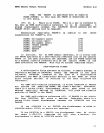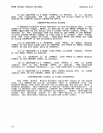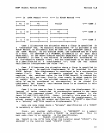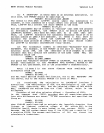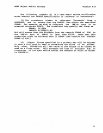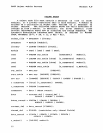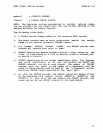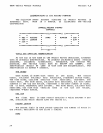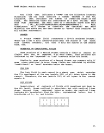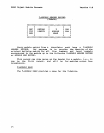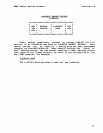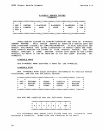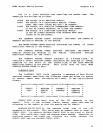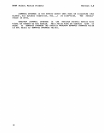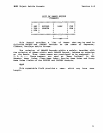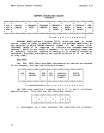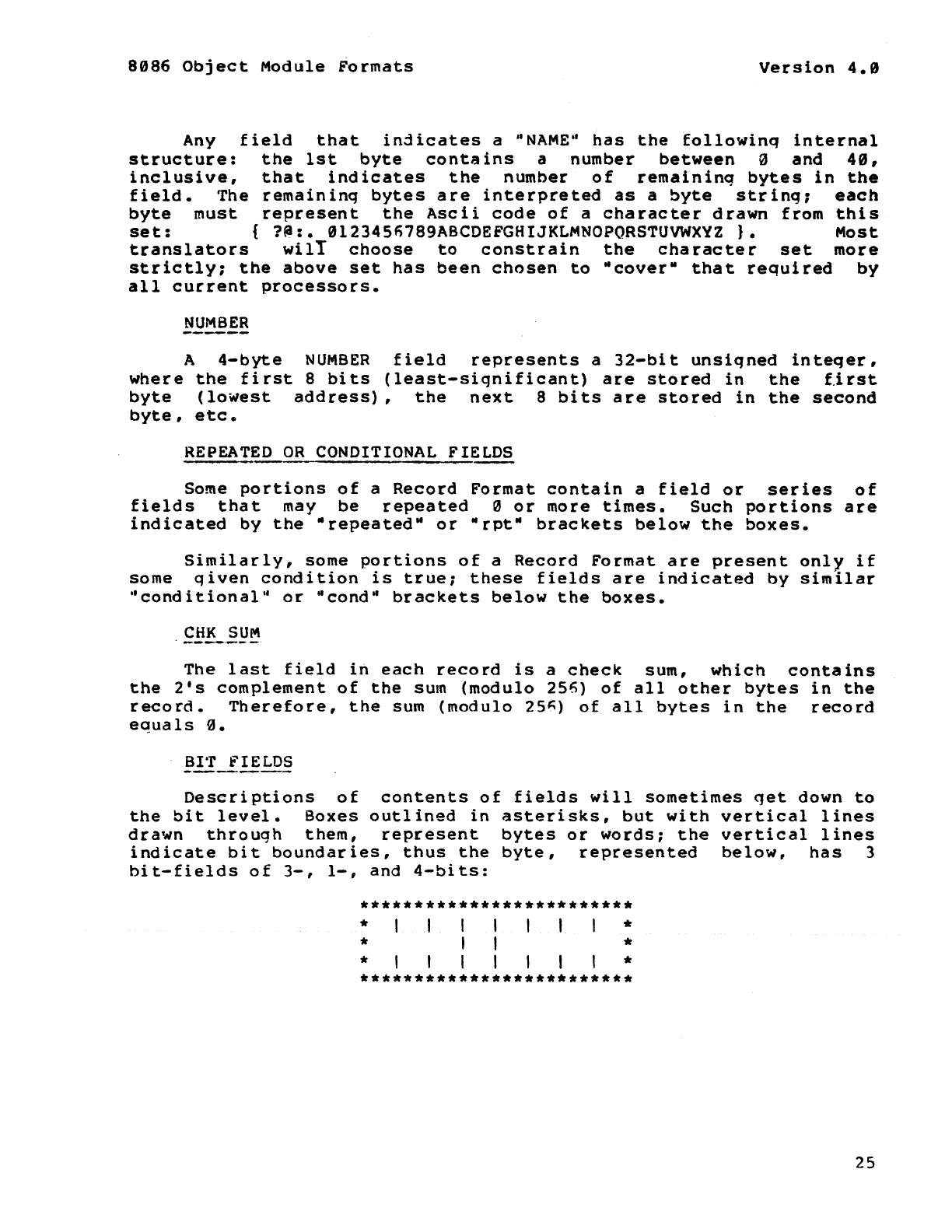
8086
Object
Module
Formats
Version
4.0
Any
field
that
indicates
a
~NAMEd
has
the
followinq
internal
structure:
the
1st
byte
contains
a
number
between
0
and
40,
inclusive,
that
indicates
the
number
of
remaininq
bytes
in
the
field.
The
remaininq
bytes
are
interpreted
as
a
byte
string1
each
byte
must
represent
the
Ascii
code
of
a
character
drawn
from
this
set:
{
?(rl:.
0l2345f;789ABCDEFGHIJKLMNOPQRSTUVWXYZ
}.
Most
translators
will
choose
to
constrain
the
character
set
more
strictlY1
the
above
set
has
been
chosen
to
McoverM
that
required
by
all
current
processors.
NUMBER
A
4-byte
NUMBER
field
represents
a
32-bit
unsiqned
inteqer,
where
the
first
8
bits
(least-siqnificant)
are
stored
in
the
first
byte
(lowest
address),
the
next
8
bits
are
stored
in
the
second
byte,
etc.
REPEATED
OR
CONDITIONAL FIELDS
Some
portions
of
a
Record
Format
contain
a
field
or
series
of
fields
that
may
be
repeated
0
or
more
times.
Such
portions
are
indicated
by
the
MrepeatedM
or
-rPt-
brackets
below
the
boxes.
Similarly,
some
portions
of
a
Record
Format
are
present
only
if
some
qiven
condition
is
true;
these
fields
are
indicated
by
simIlar
.1
cond
i
tional"
or
d
cond"
br
ackets
below
the
boxes.
CHK
SUM
The
last
field
irt
each
record
is
a
check
sum,
which
contains
the
2's
complement
of
the
sum
(modulo
256)
of
all
other
bytes
in
the
record.
Therefore,
the
sum
(modulo
25~)
of
all
bytes
in
the
record
equals
0.
BI'r
FIELDS
Descriptions
of
contents
of
fields
will
sometimes
qet
down
to
the
bit
level.
Boxes
outlined
in
asterisks,
but
with
vertical
lines
drawn
throuqh
them,
represent
bytes
or
words;
the
vertical
lines
indicate
bit
boundaries,
thus
the
byte,
represented
below,
has
3
bit-fields
of
3-,
1-,
and
4-bits:
*************************
*
*
*
*
*
*
*************************
25



